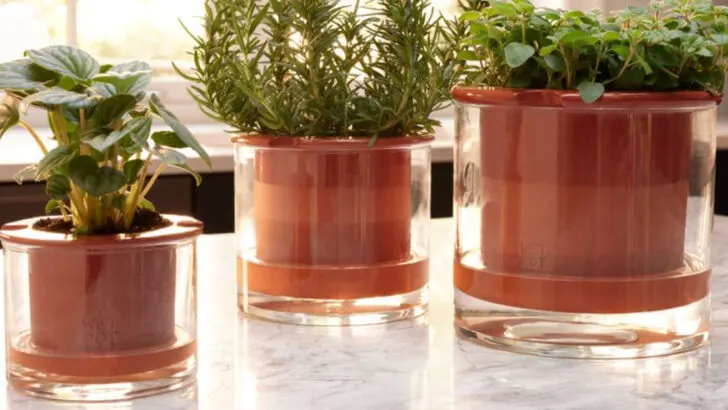When the heat kicks in and water becomes precious, your plants need smarter care—not more of it. These 17 clever hacks are designed to keep your garden thriving during even the hottest summer weeks, all while cutting down on water waste and helping your plants grow stronger, faster, and greener.
From DIY irrigation tricks using kitchen leftovers, to natural mulches and planting techniques that lock in moisture and supercharge root systems, these strategies are backed by real gardeners who swear by them every summer. The best part? Most require zero extra tools, barely any effort, and can be implemented in a single afternoon.
Whether you’re dealing with dry soil, busy schedules, or just want to garden more sustainably, this list is your shortcut to resilient, water-wise planting. Your plants will love you for it—and your water bill will too.
Drip Irrigation Systems
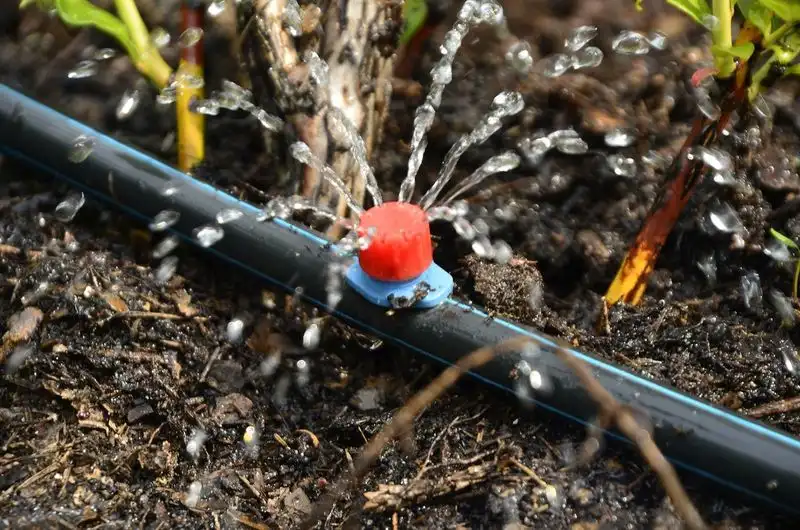
Feel like a tech-savvy gardener with a drip irrigation system. This ingenious method delivers water directly to the roots, minimizing evaporation and saving water. Set it up with a timer, and your plants will thank you for the consistent, precise hydration.
Drip irrigation systems are not just efficient; they are also customizable. Tailor the setup to suit your garden’s unique layout and plant needs. This method ensures that each plant gets exactly the amount of water it requires, reducing waste and promoting better growth.
Invest in this system for an eco-friendly, water-saving solution that keeps your garden green and flourishing.
Mulching Magic
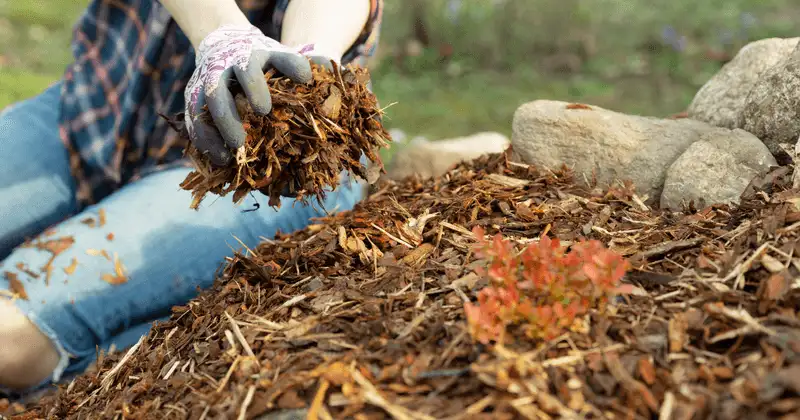
Ever wondered why some gardens look perpetually moist and healthy? Mulching is the secret! By covering the soil with organic materials like straw or wood chips, you reduce evaporation and protect roots from extreme temperatures.
Mulch acts as a barrier against weeds, cutting down on the competition for water and nutrients. It also enriches the soil as it breaks down, adding essential minerals and improving plant health.
For a vibrant garden, apply a generous layer of mulch and watch as your plants thrive with less water and effort.
Rainwater Harvesting

Harness the power of nature by collecting rainwater. A simple rain barrel connected to a downspout can provide free, natural water for your garden. This practice not only saves water but also utilizes rainwater that plants love.
Rainwater harvesting reduces your dependence on municipal water supplies and cuts down on water bills. Plus, it’s an eco-friendly alternative that contributes to sustainable gardening.
Make the most of rainy days by setting up a collection system, and enjoy healthier plants without worrying about water waste.
Companion Planting
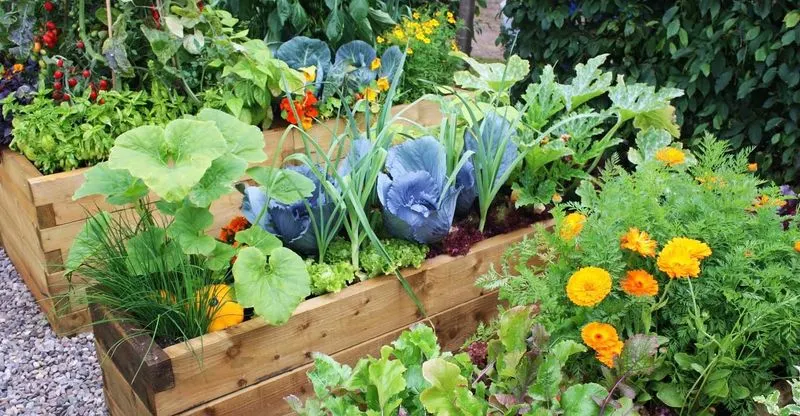
Companion planting isn’t just old folklore; it’s a savvy gardening practice. By planting compatible species together, you optimize space, deter pests, and enhance growth. For instance, tomatoes and basil are a perfect pair—basil boosts tomato growth and flavor.
This method encourages natural pest control and improves soil health, resulting in a more resilient garden. It also fosters biodiversity, attracting beneficial insects.
Experiment with combinations like carrots and onions or cucumbers and beans, and watch your garden flourish with symbiotic relationships.
Self-Watering Pots
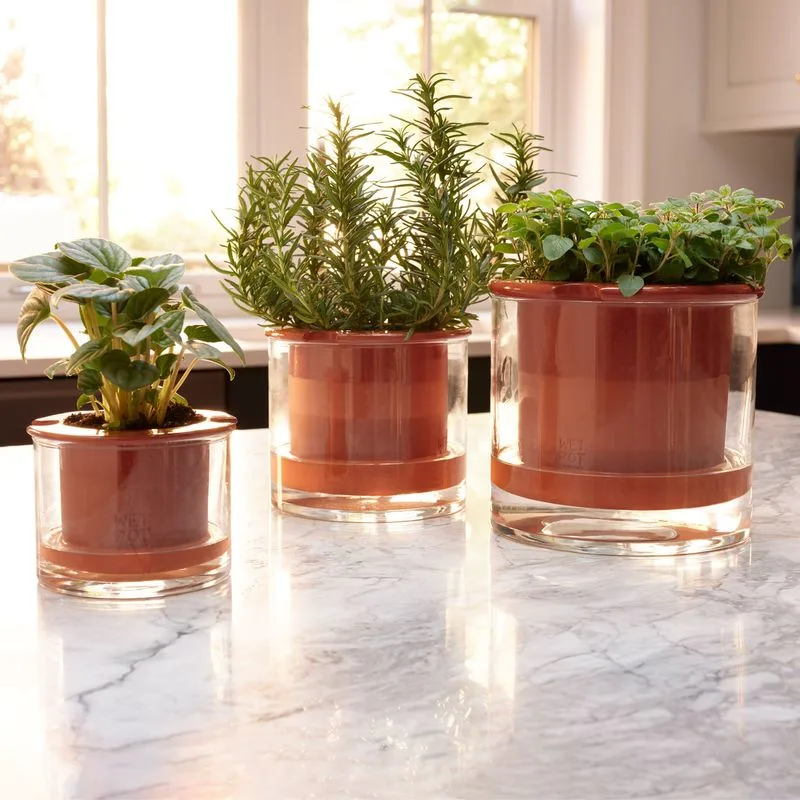
For those who forget to water, self-watering pots are a game-changer. These innovative containers store water at the base, allowing plants to absorb it as needed through capillary action.
Perfect for busy gardeners or balcony plants, these pots ensure consistent moisture levels, reducing drought stress. They also prevent overwatering, as excess water is wicked away, protecting roots from rot.
Invest in self-watering pots for a worry-free gardening experience, and enjoy healthy plants with minimal maintenance.
Soil Moisture Meters
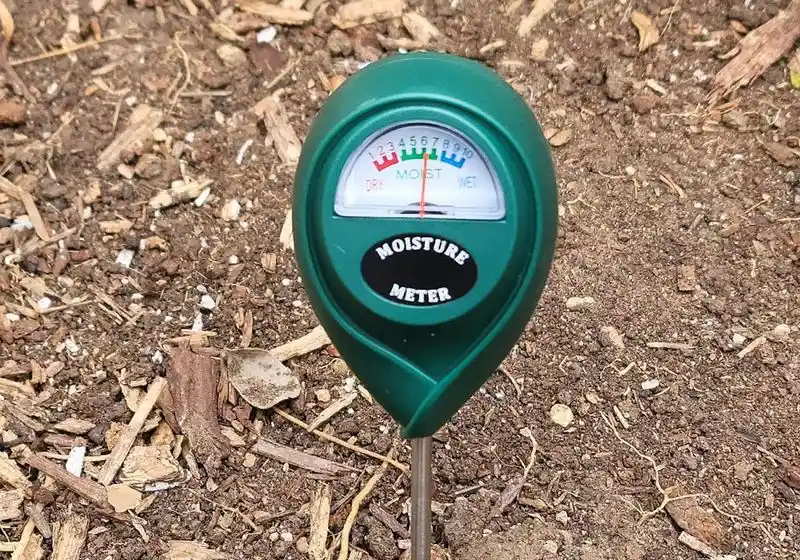
Take the guesswork out of watering with a soil moisture meter. This handy tool tells you exactly when your plants need water, preventing both over and under-watering.
By measuring the moisture content of the soil, you ensure that your garden receives just the right amount of water, promoting healthier growth. It’s an investment that pays off by conserving water and enhancing plant vitality.
Add a moisture meter to your gardening toolkit, and enjoy the confidence of knowing your plants are perfectly hydrated.
Grey Water Recycling
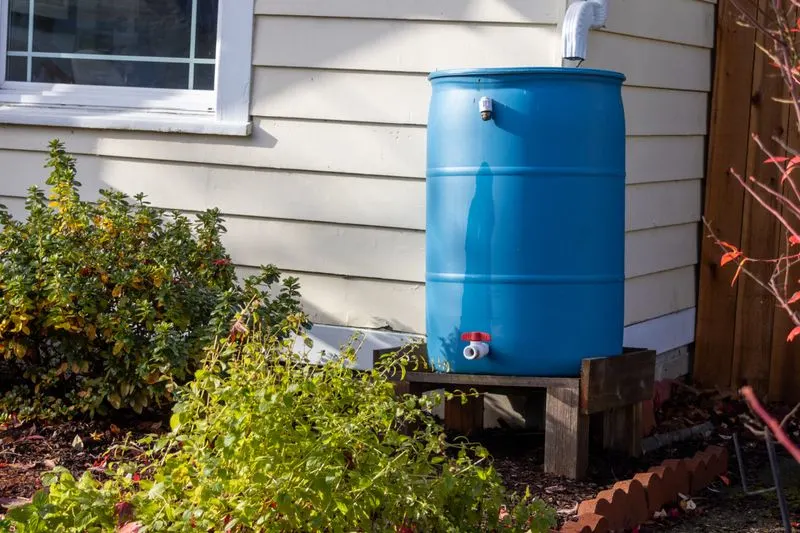
Recycling greywater is an ingenious way to conserve resources. Gently used water from showers and sinks can be redirected to your garden, keeping plants hydrated while reducing waste.
This practice requires a simple setup but yields significant water savings. It’s ideal for environmentally conscious gardeners looking to make a sustainable impact.
Ensure you use biodegradable soaps and detergents to keep the recycled water plant-friendly, and watch as your garden thrives with this eco-conscious choice.
Planting in Clusters
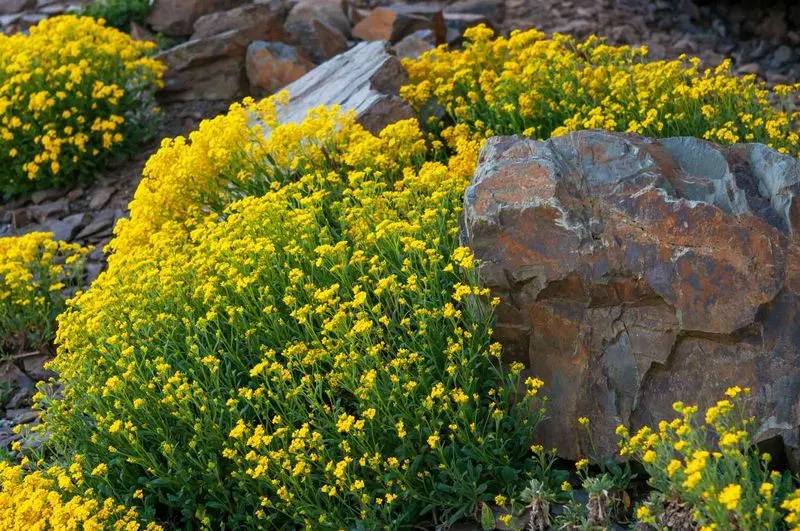
Ever noticed how wild plants thrive in clusters? This technique reduces water evaporation and encourages mutual support. By planting in groups, plants share shade, retain soil moisture, and deter weeds.
Cluster planting also maximizes space, giving your garden a lush appearance without requiring extra water. It promotes a microclimate that benefits all plants involved.
Consider this natural strategy for a garden that conserves water and looks full and vibrant.
Deep Watering Techniques
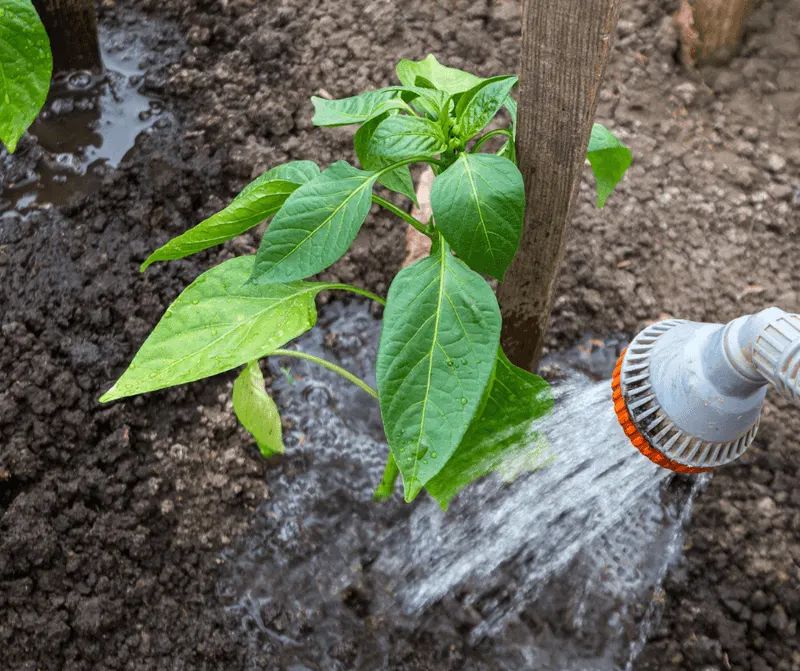
Deep watering is key to strong root development. By soaking the soil thoroughly, you encourage roots to grow deeper, making plants more drought-resistant.
Use tools like soaker hoses or drip lines to deliver water slowly and deeply. This method reduces surface evaporation and ensures that water reaches the root zone.
Adopt deep watering for robust plants that withstand dry spells without the need for frequent watering.
Hydrogel Crystals

When it comes to retaining moisture, hydrogel crystals are a gardener’s ally. These tiny polymers swell with water, releasing moisture gradually as the soil dries out.
By mixing them into potting soil, you can extend the time between waterings and ensure consistent hydration. Perfect for container gardening, hydrogel crystals prevent soil from drying out quickly.
Incorporate these crystals into your planting routine and experience healthier plants with less frequent watering.
Shade Cloths and Covers
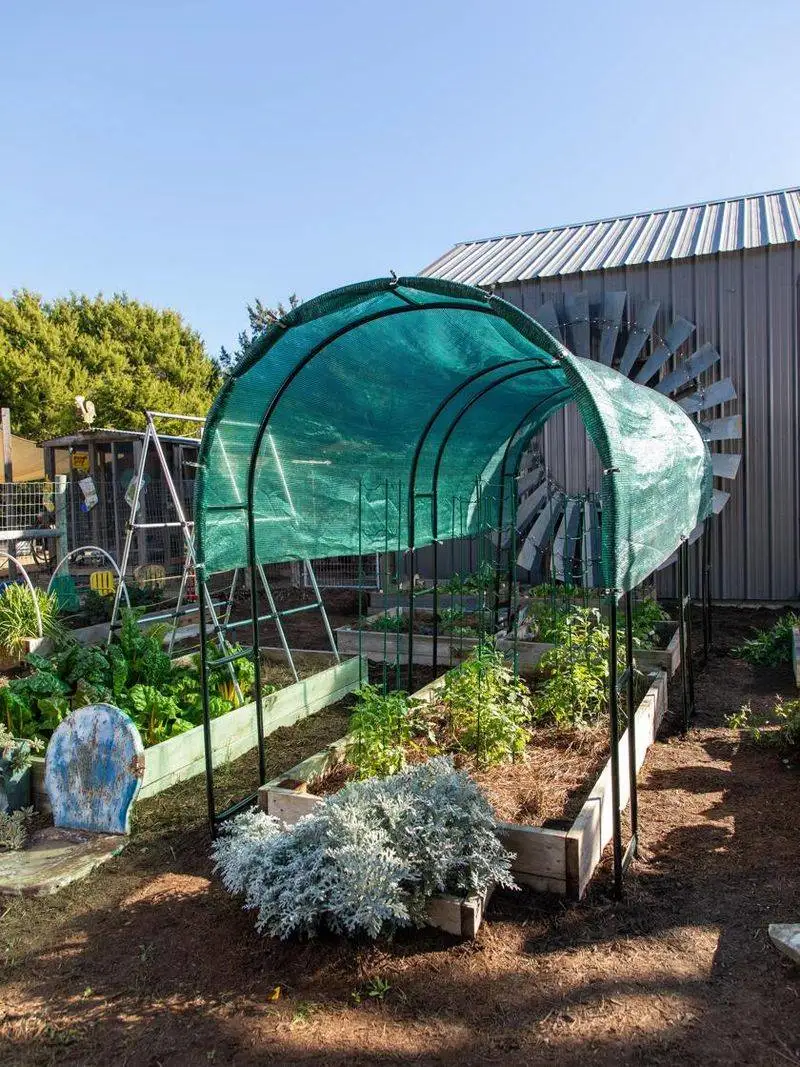
Protect your garden from the scorching sun with shade cloths. These covers shield plants from intense heat, reducing water evaporation and heat stress.
Ideal for delicate plants prone to wilting, shade cloths create a cooler microenvironment, keeping soil moist for longer. They’re a must-have during peak summer months.
Secure shade cloths over vulnerable areas and enjoy a garden that remains vibrant even in the hottest weather.
Watering at Dawn or Dusk
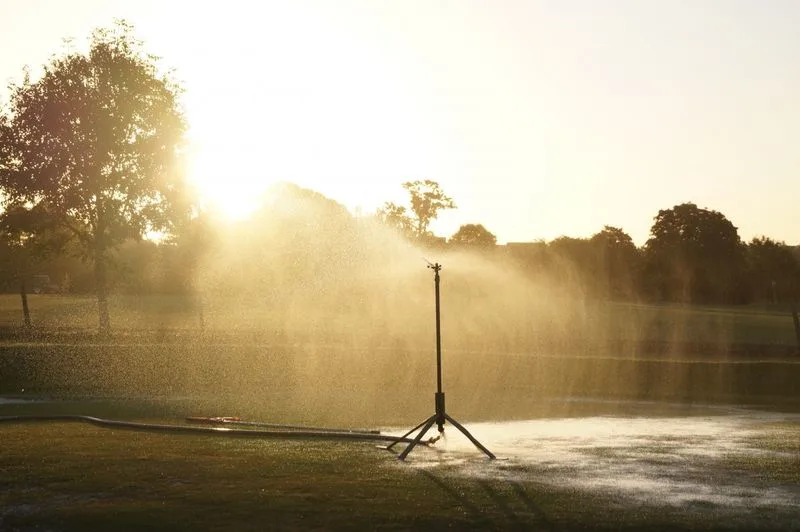
Timing is everything in gardening, and watering during the cooler hours of dawn or dusk can make all the difference. Watering at these times reduces evaporation and ensures that moisture reaches the roots without being lost to the sun.
Plants absorb water more effectively when temperatures are lower, making this an efficient watering strategy. Plus, it’s a peaceful way to start or end the day.
Adopt this timing for a water-wise garden that thrives through summer’s heat.
Native Plant Varieties
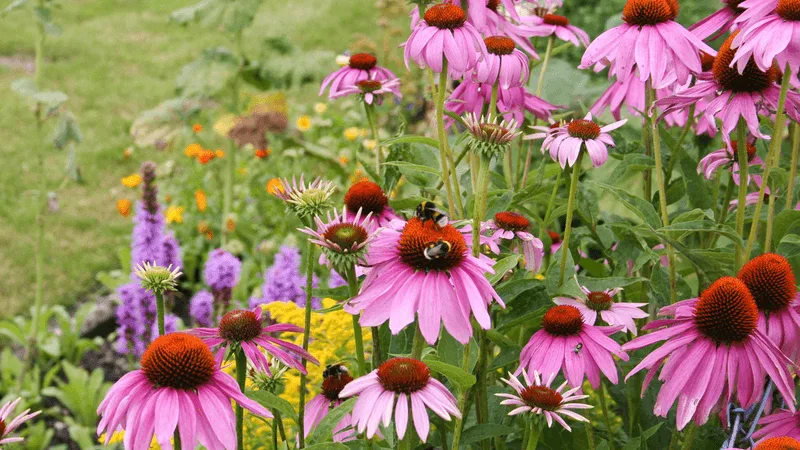
Looking for plants that thrive with little water? Native varieties are the answer. These plants are adapted to local conditions, requiring less water and care.
Native plants offer more than just drought tolerance; they provide habitat for local wildlife and contribute to biodiversity. They’re often more resistant to pests and diseases, making them a resilient choice for any garden.
Choose native species for a garden that’s both beautiful and sustainable, with minimal water usage.
Composting for Moisture Retention
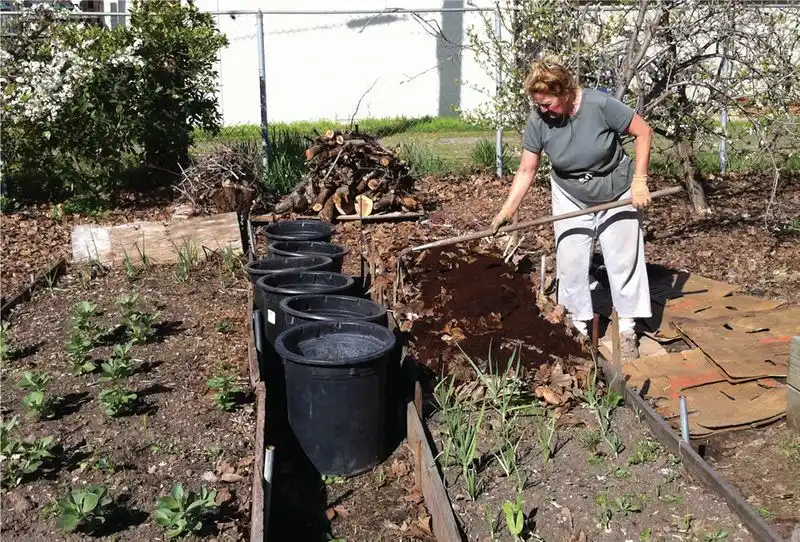
Compost isn’t just a nutrient booster; it’s a moisture retainer. By adding compost to soil, you enhance its water-holding capacity, reducing the need for frequent watering.
Rich in organic material, compost improves soil structure and encourages healthy root growth. It also provides essential nutrients, fostering strong, vibrant plants.
Incorporate compost into your gardening routine for a sustainable way to keep your plants hydrated and thriving.
Leaf Mulch from Pruning
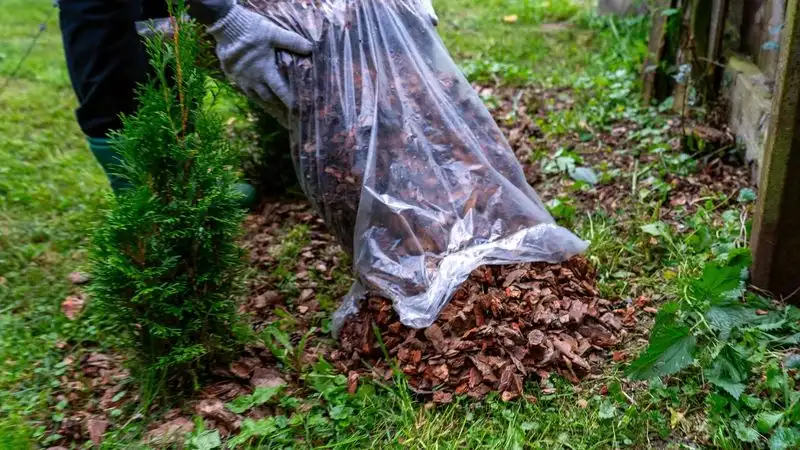
Don’t discard those pruned leaves! They can be transformed into a valuable mulch. By spreading them over garden beds, you reduce evaporation and add organic matter to the soil.
Leaf mulch protects roots, supports moisture retention, and eventually breaks down to enrich the soil. It’s a fantastic way to recycle garden waste into a beneficial resource.
Try this eco-friendly hack and see your garden benefit from the added nutrients and moisture control.
Using Terracotta Spikes
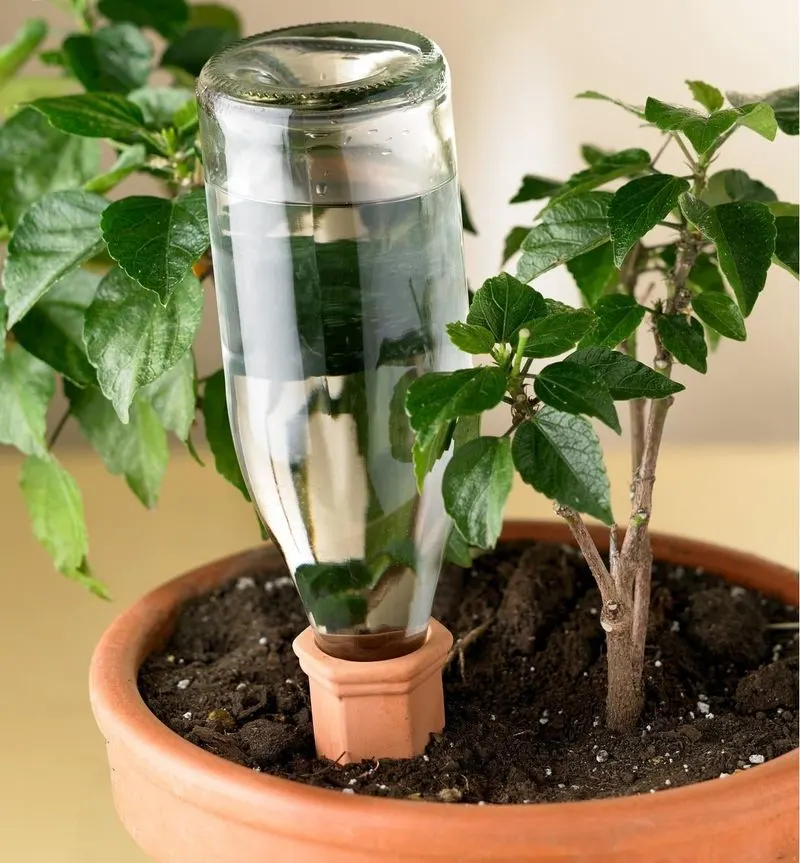
For a simple and effective watering solution, look no further than terracotta spikes. These porous devices slowly release water to plant roots, ensuring consistent moisture levels.
Ideal for container gardens, these spikes reduce water waste by delivering hydration directly where it’s needed. They’re an affordable and easy-to-use option for gardeners of all experience levels.
Insert terracotta spikes into your pots and enjoy peace of mind, knowing your plants are cared for even on the hottest days.

